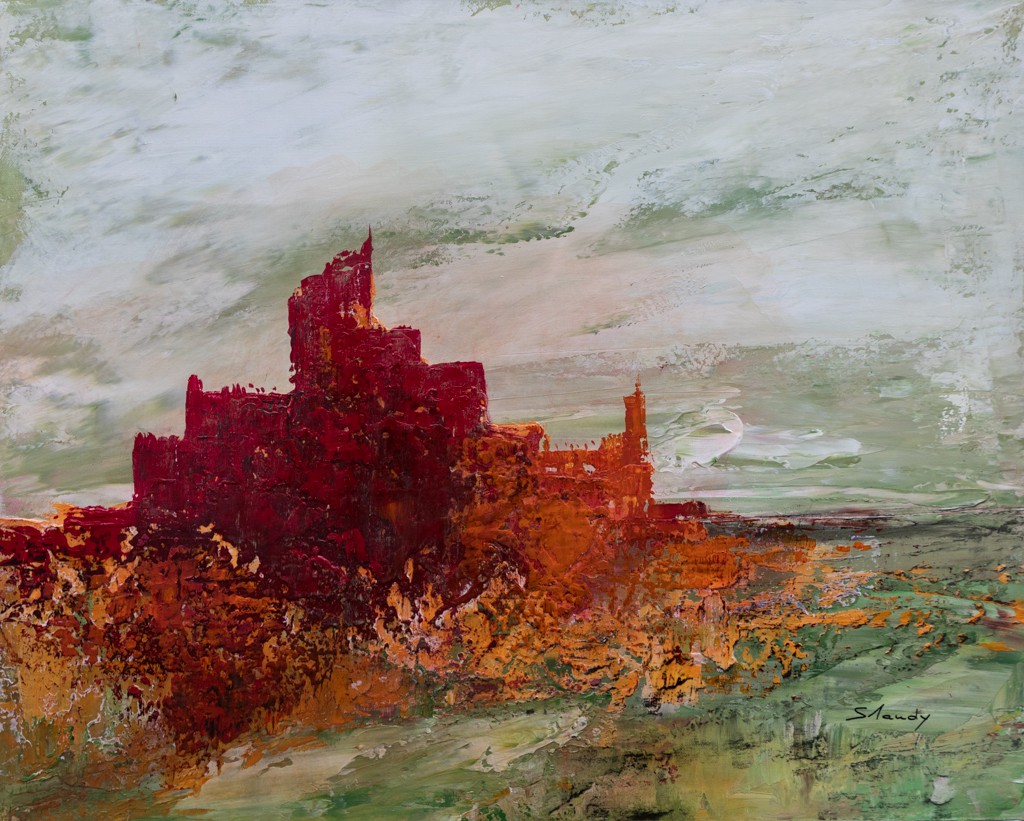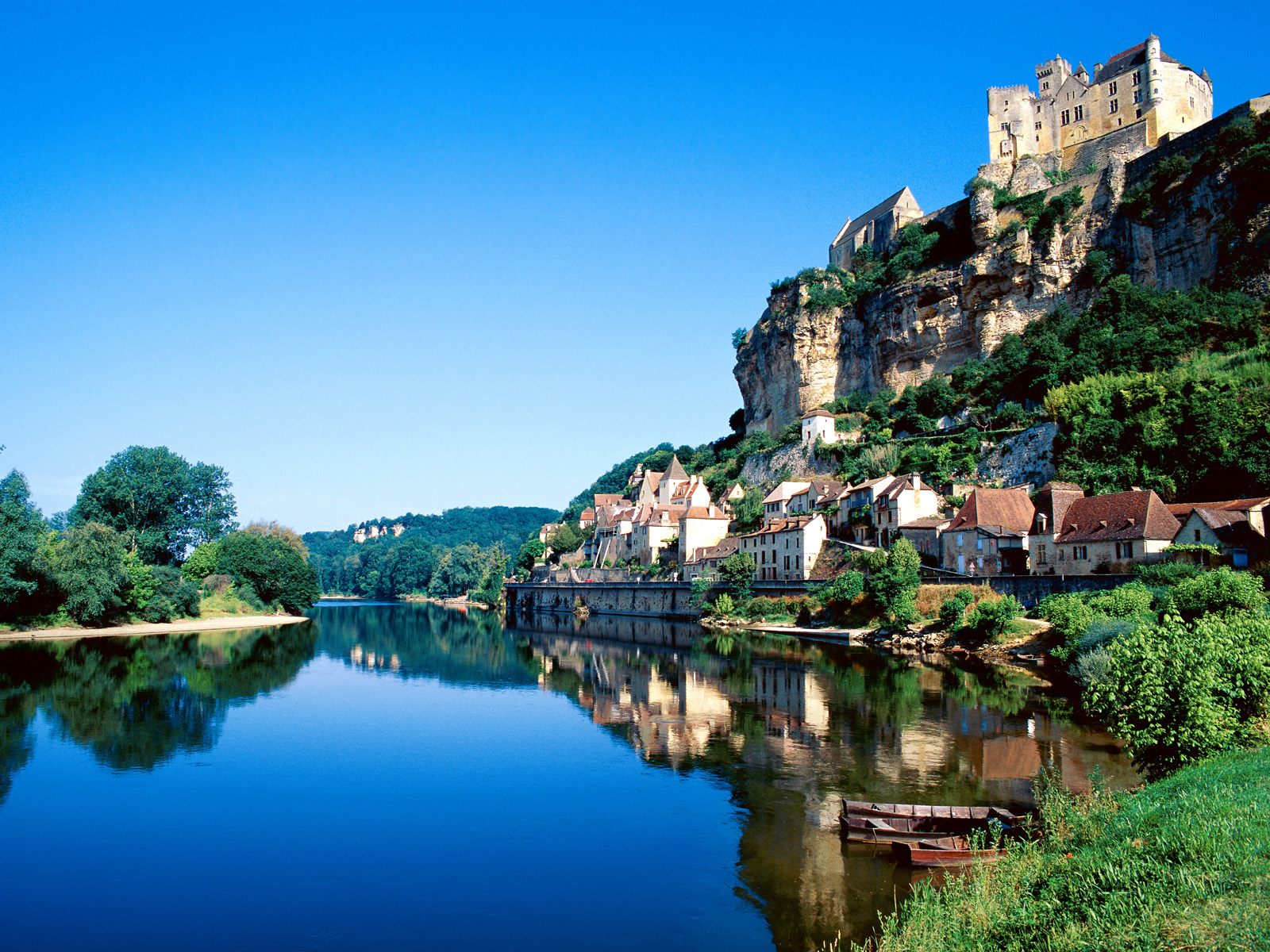

She strongly felt that France had given her everything, and she was prepared to give her life for France. You also can see three of her custom designed, ornate bathrooms that were expressly decorated to match the packaging of Baker's favorite perfumes (for instance a black and gold bathroom for Arpège perfume)!īaker played an active role in the French Resistance during World War II, and that too is showcased. (Sorry, it was forbidden to take any photos inside the chateau.) The museum also includes many personal letters, photographs, posters, and other memorabilia from her remarkable life. The couple shared a dream they called the “Global Village, the Capital of Universal Fraternity.”Ĭhâteau des Milandes displays many of Baker's amazing and sometimes outlandish costumes that thrilled her French audiences. She deeply believed that there was only one race - the human race - and wanted her own family to embody that.

By design, Baker and her husband adopted children of many different nationalities and ethnicities. They lived at Château des Milandes for many years and it's where they raised their 12 adopted children. In the 1940s, Baker and her husband Jo Bouillon bought a 15th century chateau in Périgord. Josephine Baker in her famous "Banana Belt" Whereas in the United States Baker had endured racism, discrimination, and abuse, the French loved her! Almost immediately she became a sensation. Josephine Baker (1906 - 1975) the famous American jazz singer and dancer, left her home state of Missouri in the 1920s to perform in Paris, especially at the Folies Bergère. (Huge thank you to Clément for doing ALL the driving!) There is still so much more to see - a boat ride on the Dordogne, Lacaux II (replica of the original famous cave with prehistoric paintings), etc. But here's a bit of what we saw this time. We explored a number of fascinating places within 45 minutes of our guest home. But, of course, the whole of Périgord is famous for its legendary cuisine, including: duck ( canard confit and magret de canard), foie gras (duck and goose), cepes mushrooms, and walnuts (cake, oil, etc.). And Green Périgord to the north is noted for its trees, especially walnut trees. Black Périgord is known for its prized truffles. White in the middle is known for its world-famous foie gras. Purple in the southwest is best known for its vineyards and wine-making. Périgord is divided into four regions - Pourpre, Blanc, Noir, Vert = Purple, White, Black, Green. Instead we focused on the southeastern section of the region known as Périgord Noir (black).

On this trip we didn't make it to her home town of Bergerac (she'll be heading there in a few weeks for a family wedding).

As Karen was born and raised in Périgord, it's an area she knows well. Our 6-day Dordogne road trip started in Nantes where we joined dear friends Karen and Clément. So no sooner did we return from our recent trip to western and northern Brittany, than we were off again for the Périgord, also known as the Dordogne, in southwestern France.īut in-between our darling new grandson, Solomon, was born in Seattle on June 10th! As time is running out on our year in France, Steve and I are trying to see as much as we can before heading back to Bellingham.


 0 kommentar(er)
0 kommentar(er)
